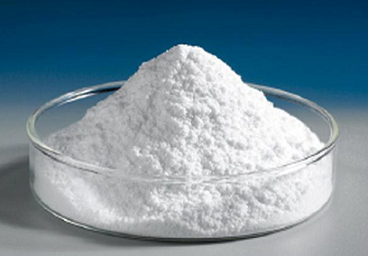Background and overview[1][2][4]
Solanaldehyde has a hyacinth-like aroma, as well as green incense and clove-like aroma. Appearance is liquid, boiling point is 204℃. According to the information provided by RIFM, the acute toxicity data of solanaldehyde: oral LD50 3.65g/kg (rat), skin test LD50>5g/kg (rabbit). Colorless liquid with a hyacinth-like aroma and green incense and clove-like aroma. Slightly soluble in water, soluble in organic solvents such as ethanol. It is prone to oxidation and discoloration if left in the air for a long time, so it should be stored in a cool and airtight place. The boiling point is 204℃, the relative density d2525 is 0.998~1.015, the refractive index n20D is 1.5150~1.5250, and the flash point is 80℃. Solanaldehyde is a precious spice and an important chemical raw material, widely used in spices, medicines, fuels, pesticides and other industries.

Solanaldehyde (2-phenylpropionaldehyde) is a precious spice that is not found in nature and is a synthetic spice. Its appearance is colorless liquid. Slightly soluble in water, soluble in organic solvents such as ethanol. Solanum aldehyde has a strong fresh floral aroma of hyacinth and is mainly used in daily fragrances such as hyacinth, lilac, and lily. It can also be used in trace amounts in food flavors. At the same time, it is also an important chemical raw material and is widely used in spices, medicines, dyes, pesticides and other industries.
Preparation[1]
Using α-methylstyrene as the starting material, α-methylepoxystyrene is first produced, and then decomposed and isomerized into solanaldehyde by heating.
Solar aldehyde can also be produced by Darzens reaction from acetophenone and ethyl monochloroacetate as starting materials.
Production method[3]
In a 2L three-necked flask equipped with a thermometer, stirring, dropping funnel and condensation column, add 800g of toluene, 180g of α-methylstyrene, and 650g of sodium percarbonate. Stir vigorously, raise the temperature to 55°C, slowly drop 300g of acetic anhydride, continue the reflux reaction after the dropwise addition, and follow the reaction with chromatography until α-methylstyrene is completely converted. The reaction time is about 25 to 30 hours. Filter out the solid inorganic matter. , wash with water to remove residual peroxide, recover the solvent and then rectify to obtain 2-phenylpropane oxide with a content of ≥98%, with a yield of 90 to 95%.
In a 500ml three-necked flask equipped with a thermometer, stirring, dropping funnel and condensation column, add 200g of toluene, stir and raise the temperature to 130°C, and slowly drop in 120g of the above prepared 2-phenylpropylene oxide, continue the reflux reaction after the dropwise addition, and follow the reaction with chromatography until 2-phenylpropylene oxide is completely converted. The reaction time is about 15 to 20 hours. The solvent is recovered and then rectified to obtain a content of ≥ 98% solanaldehyde, yield 88-92%.
Main reference materials
[1]Synthetic Flavors Technical Manual
[2]Synthetic spice technology
[3][Invented in China] CN201110141081.3 A production method of solanum aldehyde
[4][Chinese invention] CN201510039336.3 A method of preparing solanum aldehyde

 微信扫一扫打赏
微信扫一扫打赏

